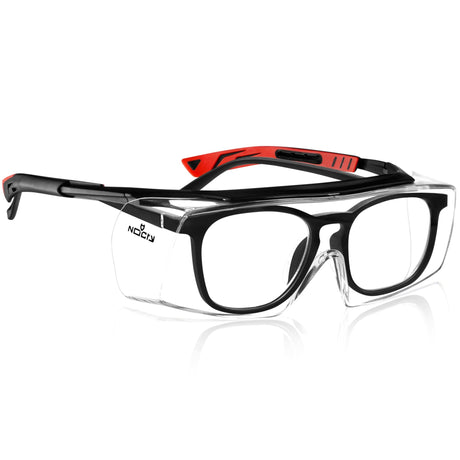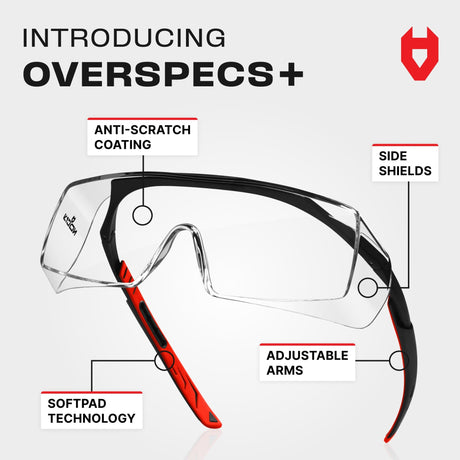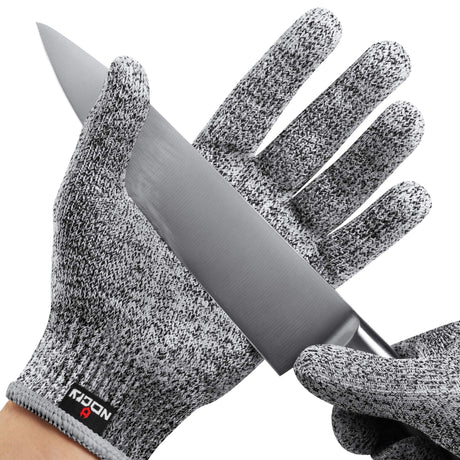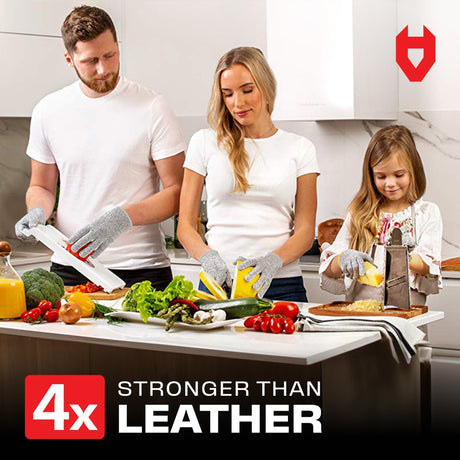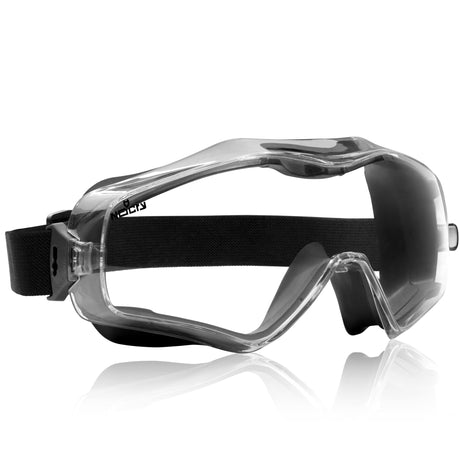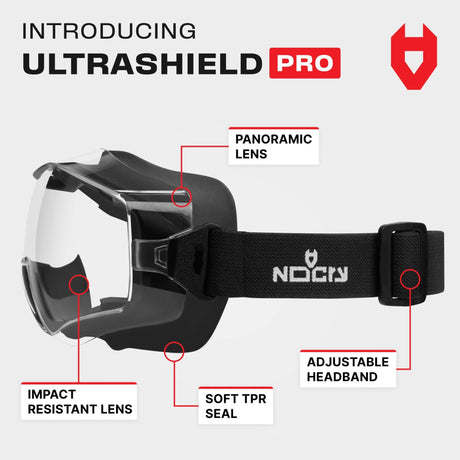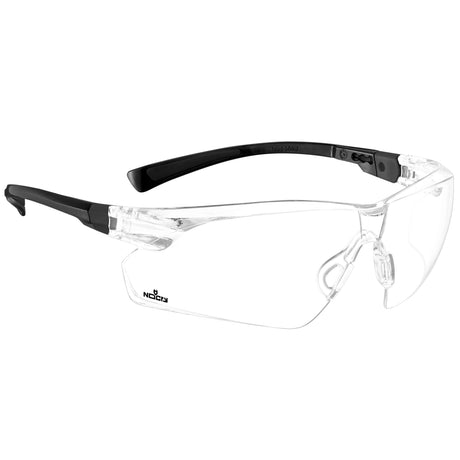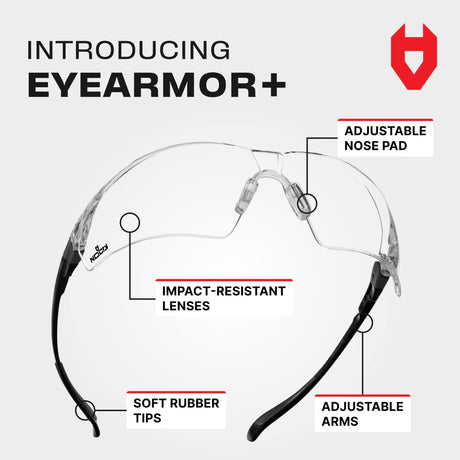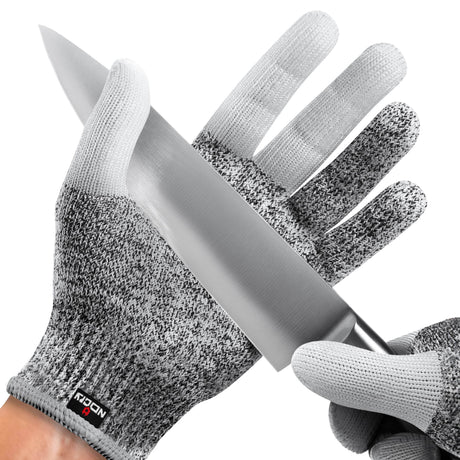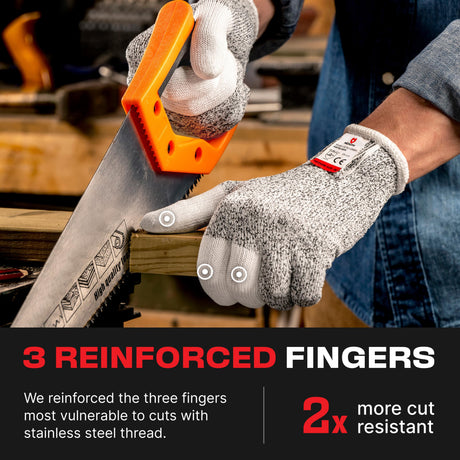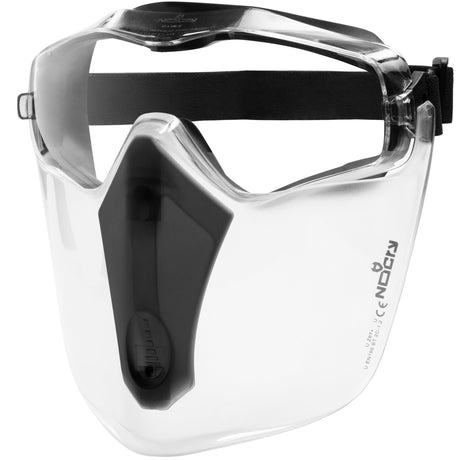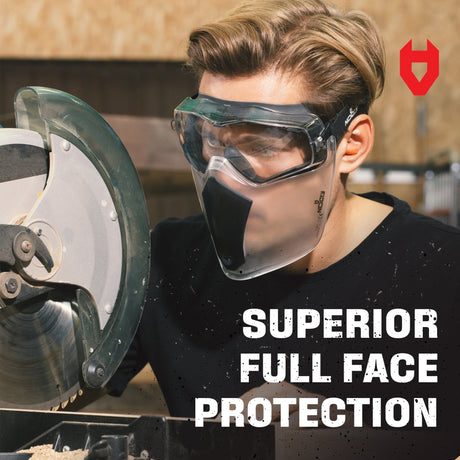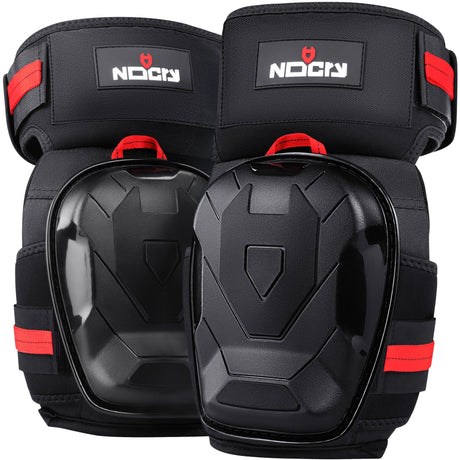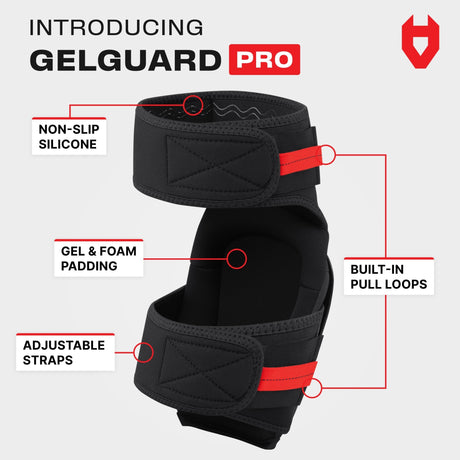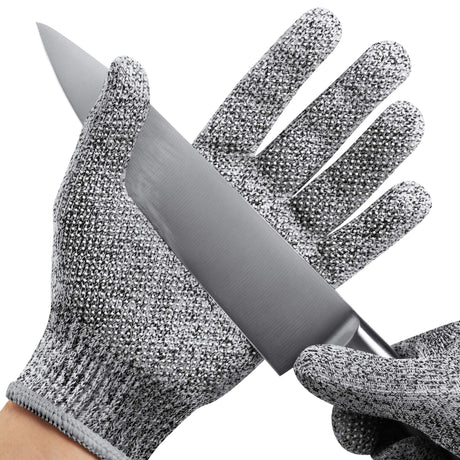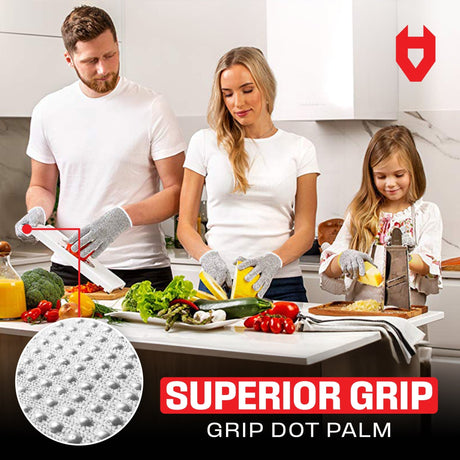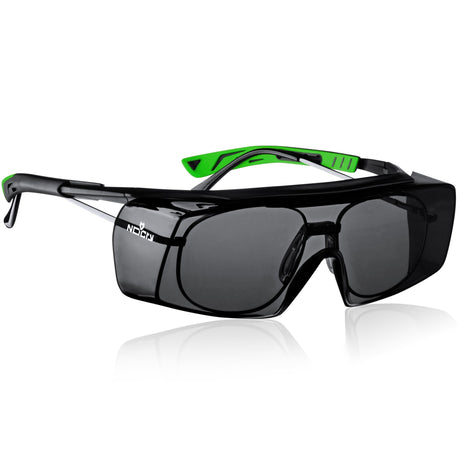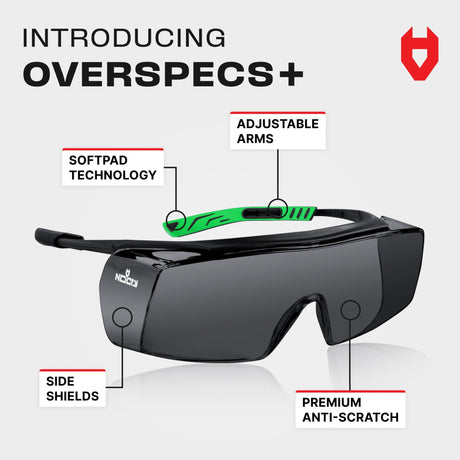Contents
Key Takeaways
- Knee pads protect vulnerable joints from impact, strain, and long-term wear.
- Use knee pads during sports or manual labor, especially when kneeling or at risk of falling.
- Different types suit different needs, from hard-shell skating designs to flexible carpentry pads.
- Proper fit matters. Knowing how to properly wear knee pads ensures comfort and full protection.
Why Wear Knee Pads?
Knee pads aren’t just for athletes or construction crews — they’re a smart layer of protection for anyone whose job or hobby puts pressure on their knees.
Here’s why wearing knee pads is so important:
Injury Prevention
Your knees take a beating when you kneel, dive, or fall. Knee pads absorb impact and protect the ligaments, tendons, and cartilage inside the joint. This lowers your risk of sprains, bruises, and serious injuries like meniscus tears.
Better Performance
When you know your knees are protected, you’re more confident. Workers can focus on precision instead of pain. Athletes, especially in sports like volleyball, BMX, or skateboarding, can give 100% without worrying about injury.
Everyday Comfort
Whether you’re laying flooring, gardening, or replacing a sink trap, kneeling gets painful fast. Knee pads provide cushioning that helps you stay in position longer and with less strain, keeping your workday or workout productive.
What Do Knee Pads Do for Your Knees?
Knee pads protect your knees from impact and pressure, reducing the risk of scrapes, bruises, or long-term joint damage. The kneecap (patella) has very little natural cushioning, so repeated pressure or sudden falls can cause serious injury. That’s where knee pads come in: they act as a barrier between your knees and whatever you’re up against.
When Should You Wear Knee Pads?
Wear knee pads whenever you’re likely to fall or kneel for long periods. You might not think twice about it while gardening or working under a sink, but repeated pressure can lead to conditions like osteoarthritis over time. In sports, a single fall could sideline you without the right gear.
Common sports that require knee pads:
- Skateboarding and rollerblading
- Basketball and volleyball
- Dancing and wrestling
- Cycling and polo
Jobs where knee pads are essential:
- Flooring and tiling
- Roofing and carpentry
- Gardening and landscaping
- Plumbing and electrical work
What Are The Different Types of Knee Pads?
There are several types of knee pads, including hard caps for tough surfaces, foam for lightweight cushioning, and gel for extra comfort. They vary by cap material, foam padding, and the type of straps used to keep them secure.
Cap Type
The cap is the outer layer that contacts the ground and protects the knee from impact.
- Hard Cap: Made of plastic or rubber. Best for high-impact sports or rough surfaces; think roofing or skateboarding.
- Soft Cap: Flexible and quieter on indoor floors. Great for jobs like plumbing, electrical work, or carpentry.
- Flat Cap: Helps with balance and is often used for flooring tasks. Doesn’t dig into surfaces or catch on edges.
Your cap choice affects not only protection but also how stable and comfortable your knee pads feel while moving.
Strap System
Knowing how to properly wear knee pads starts with a good strap system.
- Hook and Loop Straps: Easy to adjust but may wear out over time.
- Elastic Bands: Provide a snug fit but can stretch with extended use.
- Slip-On Sleeves: Comfortable and stay in place well — great under pants — but harder to remove quickly.
If your pads slide or pinch, it’s probably a strap issue. Test different types to see what fits best.
Anti-Slip Features
Some knee pads include non-slip materials on the cap or inner lining to prevent shifting.
- Textured Caps: Improve grip on slick or angled surfaces like rooftops.
- Silicone Grips: Often used inside sleeves or straps to keep pads secure.
- Flat Base Design: Adds stability for kneeling on tiles or polished floors.
Anti-slip features are especially helpful in roofing, tiling, and any job where slipping is dangerous.
Ankle Support
While not standard, some knee pads now include integrated ankle support, especially in sports or heavy-duty work gear.
- Support Straps: Help stabilize your legs and reduce fatigue.
- Extended Sleeves: Wrap around part of the calf or ankle for a more secure fit.
This can be useful if you’re often climbing, crouching, or moving on uneven surfaces.
Durability
If you’re wearing knee pads every day, they need to last.
- Reinforced Stitching: Prevents tearing at stress points.
- Heavy-Duty Fabrics: Like ballistic nylon or thick rubber, they are suitable for construction.
- Replaceable Caps or Inserts: Some higher-end models let you swap out worn parts without buying a whole new set.
Durability matters most in jobs like landscaping, roofing, or waste management — anywhere gear takes a beating.
What Type of Knee Pads Are Best for Your Job?
Construction and trade work often means spending hours on your knees, and that takes a toll fast. So if you’re asking, what are knee pads used for in construction, the answer is simple: to prevent long-term injury and provide all-day comfort while working on hard or uneven surfaces.
Tiling and Flooring
Tilers and floor installers spend hours on their knees, so comfort and durability are a must. Go for thick foam or gel-filled knee pads that keep their shape and provide support without wearing down. A wide, flat base helps spread out pressure and reduces knee strain— without damaging the floor.
Look for: Heavy-duty knee pads with a smooth, non-marring cap, anti-slip base, and secure adjustable straps that stay put through long shifts.
Outdoor and Concrete Work
Working on concrete or rough outdoor surfaces is tough on your knees and your gear. You’ll need rugged knee pads with hard-shell caps that can handle scrapes, impact, and uneven ground. Thick gel or foam padding helps absorb shock and protect joints during long hours.
Look for: Hard-cap knee pads with durable outer shells, heavy-duty stitching, and adjustable straps that stay secure. A textured, grippy cap adds stability on slick or sloped surfaces.
Roofing
Roofers need knee pads with excellent grip and stability. Roof surfaces are angled and often slippery, so you want something that wonx’t slide or roll.
Look for: Rubber-capped knee pads or ones with textured surfaces that grip shingles or metal. Lightweight and breathable designs are a plus in hot weather.
Carpentry and Joinery
Carpenters often move between standing, kneeling, and squatting. You need knee pads that are easy to move in and flexible, but still protective.
Look for: Slim-profile pads with firm foam that won’t bulk up under pants, and easy-to-adjust straps for quick repositioning.
Plumbing and Electrical Work
These jobs often involve tight spaces and awkward positions, so comfort and fit are key. You want low-profile knee pads that don’t restrict movement, but still cushion your knees during long repair sessions.
Look for: Soft-shell pads with breathable fabric and ergonomic shaping. Some plumbers also wear slip-in pads that fit inside work pants.
Landscaping and Gardening
While it’s not construction in the traditional sense, these jobs put a ton of strain on your knees. Waterproof, washable pads work best outdoors, especially when working on damp soil.
Look for: Lightweight foam pads or strapless kneeler-style pads that you can move with or set in place.
How to Wear Knee Pads the Right Way
If you’re wondering how to wear knee pads correctly, it’s all about the fit. They should sit snugly over your kneecap without sliding down. Straps should be secure, but not so tight that they cut off circulation. Position them so the padding covers the full front of your knee, especially when kneeling or landing.
Quick tip: Always test movement after putting them on. If they slide, readjust or try a different size or design.
Best Practices for Wearing Knee Pads
To get the most out of your knee pads, make sure they fit and stay in place. Poorly fitted pads can do more harm than good.
- Double-Check the Fit: Use a tape measure to find your knee’s circumference and compare it to the brand’s sizing guide. Pads should hug your knee, not cut off your blood flow.
- Center Over the Kneecap: The middle of the pad should rest right over your kneecap and not shift when you move. Good placement covers a bit above and below the joint.
- Adjust Straps Smartly: Straps that pinch or dangle are both a problem. Dial them in so the pads move with you, not against you.
- Try a Mobility Test: Do some lunges, kneels, or squats before getting to work. If the pads rub, slide, or press into your skin, you’ll feel it fast.
- Wear a Base Layer: If your job is long or hot, slide them over compression gear or lightweight pants. It’ll cut down sweat and chafing.
- Pair With Proper Footwear: Shoes that change your leg posture can mess with pad alignment. Supportive, non-slip footwear helps keep your knees in the right position.
- Don’t Overtighten: A common mistake is cranking straps too hard. This can cause numbness or tingling, especially during long use.
- Label Left and Right: Some ergonomic pads are shaped differently for each leg. Mark them clearly to avoid putting them on the wrong side.
Tips to Maximize Knee Pads’ Comfort and Longevity
Even the best pads can feel uncomfortable if not worn properly or maintained. Here’s how to get the most from yours:
- Ease Into Use: Don’t go from box to full-day job. Wear new pads during light tasks for a few days so the cushioning molds to your knees.
- Pick a Ventilated Style: If you run hot, go for a model with airflow features—like perforated foam, vent holes, or mesh linings.
- Clean After Dirty Jobs: Wipe down the shell and straps after especially sweaty or muddy days. Regular cleaning helps prevent breakdown and stink.
- Inspect the Condition Often: If the foam is compressed flat or straps no longer grip, it’s time to replace. Cracks in the plastic are a red flag too.
- Hydrate Throughout the Day: Believe it or not, drinking enough water helps reduce joint stiffness and cramping, especially during long wear.
- Store Them Right: Don’t just toss them in the truck or shed. Keep pads in a cool, dry place so sweat and bacteria don’t break them down faster.
- Use a Spare Pair: Rotating between two sets of pads can make both pairs last longer and give your body a break from pressure points.
- Avoid Extreme Heat: Leaving knee pads in direct sunlight or inside hot vehicles can warp plastic shells and weaken elastic materials.
Conclusion
Knowing how to wear knee pads isn’t just about staying safe: it’s about protecting your joints while you work so you can keep doing what you love, whether that’s hiking, fixing up a shed, or planting your next garden bed. Get the right pair, wear them right, and your knees will thank you later.
FAQ
How tight should knee pads be?
They should be snug but not tight. You want a secure fit that stays in place without cutting off circulation. If your legs go numb, loosen the straps.
Can I wear knee pads under my pants?
Yes! Soft sleeves or thin foam pads are great under pants. If you’re wearing bulkier pads, opt for over-the-pants use with adjustable straps.
Do knee pads wear out?
Yes. Foam can compress, and straps lose elasticity. Replace your pads if they don’t stay in place, the padding feels flat, or the shell is cracked.
Can I machine wash knee pads?
Some can be machine-washed: check the label first. Others should be hand-washed and air-dried to prevent damage.
Are knee pads supposed to hurt?
No, knee pads should not hurt. If they cause pain, they may be too tight, poorly positioned, or the wrong size. Try adjusting the straps or adding a base layer.
Should I use knee pads with a knee injury?
Check with a doctor first. For minor injuries, supportive or compression-style pads may help protect without straining the joint. For sore knees, you can opt for ones with gel or memory foam padding, wide straps, and ergonomic shapes that reduce pressure on sensitive areas.







